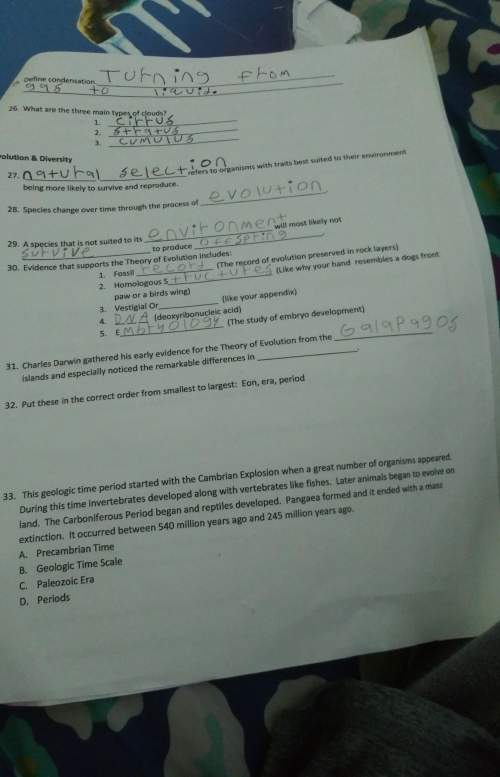
Small birds can migrate over long distances without feeding, storing energy mostly as fat rather than carbohydrate. (Figure 1) Fat is a good form of energy storage because it provides the most energy per unit mass: 1 gram of fat provides about 9.4 (food) Calories, compared to 4.2 (food) Calories per 1 gram of carbohydrate. Remember that Calories associated with food, which are always capitalized, are not exactly the same as calories used in physics or chemistry, even though they have the same name. More specifically, one food Calorie is equal to 1000 calories of mechanical work or 4186 joules. Therefore, in this problem use the conversion factor 1Cal=4186J. Part AConsider a bird that flies at an average speed of 10.7m/s and releases energy from its body fat reserves at an average rate of 3.70W (this rate represents the power consumption of the bird). Assume that the bird consumes 4g of fat to fly over a distance db without stopping for feeding. How far will the bird fly before feeding again?Express your answer in kilometers. Part BHow many grams of carbohydrate mcarb would the bird have to consume to travel the same distance db?Express your answer in gramsPart CField observations suggest that a migrating ruby-throated hummingbird can fly across the Gulf of Mexico on a nonstop flight traveling a distance of about 800km . Assuming that the bird has an average speed of 40.0km/hr and an average power consumption of 1.70W , how many grams of fat mfat does a ruby-throated hummingbird need to accomplish the nonstop flight across the Gulf of Mexico?Express your answer in grams.

Answers: 1
Other questions on the subject: Physics

Physics, 21.06.2019 19:30, desiwill01
Contrast the force of gravity between these pairs of objects a 1 kg mass and a 2 kg mass that are 1 m apart and two 2 kg masses that are 1 m apart
Answers: 2

Physics, 22.06.2019 04:30, tayveon122
Light that is polarized along the vertical direction is incident on a sheet of polarizing material. only 96% of the intensity of the light passes through the sheet and strikes a second sheet of polarizing material. no light passes through the second sheet. what angle does the transmission axis of the second sheet make with the vertical?
Answers: 2

Physics, 22.06.2019 12:10, lololololol12555
The average density of the planet uranus is 1.27 103 kg/m3. the ratio of the mass of neptune to that of uranus is 1.19. the ratio of the radius of neptune to that of uranus is 0.969. find the average density of neptune.
Answers: 1
Do you know the correct answer?
Small birds can migrate over long distances without feeding, storing energy mostly as fat rather tha...
Questions in other subjects:






English, 13.01.2021 17:30

Mathematics, 13.01.2021 17:30

Social Studies, 13.01.2021 17:30








